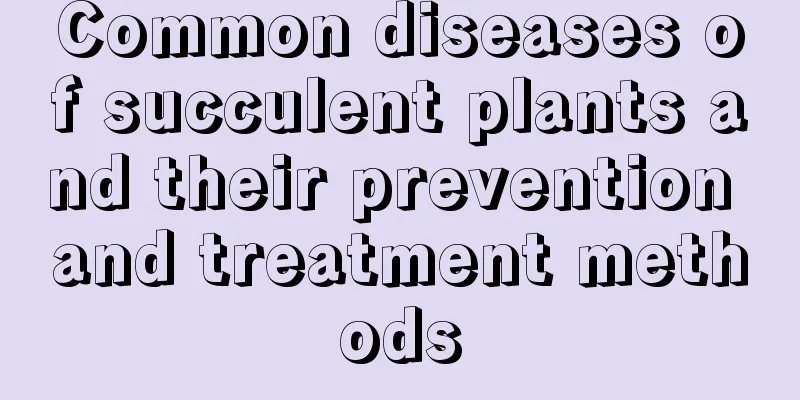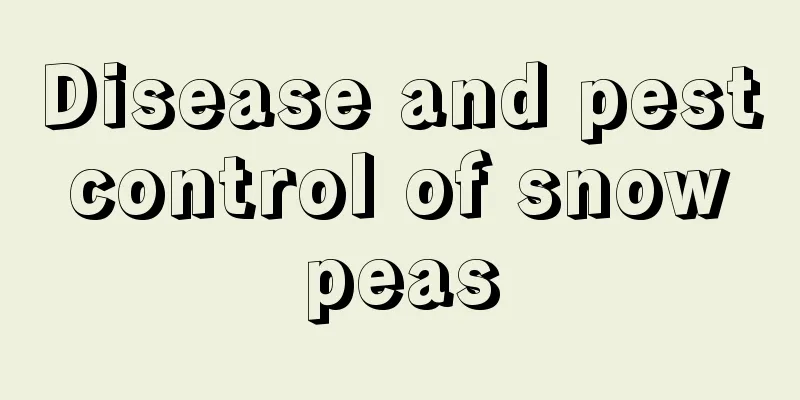Common diseases of succulent plants and their prevention and treatment methods

Red rotSeeing through red rot fungiRed rot is a bacterial disease and the main disease of succulents, often harming tuberous succulents. The pathogen invades through the root wounds, causing reddish-brown spots to appear on the tubers, which will then rot and die after a few days. Red rotIt is not difficult to say goodbye to red rot. Spray 1000 times diluted 70% thiophanate wettable powder before planting for prevention. If wounds are found on the tubers, dry them and apply sulfur powder for disinfection. RustSeeing through rustWhen succulents are infected, large rust-brown spots will appear on the epidermis of the stems, gradually expanding from the base of the stems. In severe cases, the entire stem will be covered with spots. Playing with dead rustCombined with spring repotting and pruning, remove diseased branches and wait for new branches to sprout. Spray with 2000~3000 times diluted 12.5% diniconazole wettable powder. anthraxSeeing through anthraxAnthracnose is an important disease that harms succulents. During the hot and humid rainy season, light brown water-soaked spots will appear on the stems of infected plants, and the disease will gradually spread and rot. Playing with AnthraxFirst, open the windows for ventilation to lower the indoor air temperature and humidity, and keep the potting soil dry during this period. Spray with 1000 times solution of 70% methyl thiophanate wettable powder to prevent the disease from spreading further. RotSeeing through rotRot disease is a fungal disease that mainly harms cactus plants. When cactus seedlings encounter this disease, they will wilt suddenly, shrink and die in large numbers. The sphere of the mature plant will develop brown spots, emit a foul odor, and the entire plant will rot and die. Playing with dead rotEnsure fresh air and pay attention to air circulation. Spray pesticides in advance in early winter, early spring and rainy season to kill bacteria. After the disease occurs, spray Benomyl to kill the disease. The specific usage method can be based on the drug instructions. Physiological diseasesSeeing through physiological diseasesThe diseases are mainly caused by harsh cultivation environment, such as strong sunlight exposure, insufficient light, sudden low temperature and long-term water shortage, which cause burns and browning of the stem and leaf epidermis, excessive elongation of growth points, frostbite of some tissues, and atrophy and withering of the tips. Play with physiological diseasesThe most fundamental measure is to improve the cultivation conditions, ensure sufficient sunlight, suitable lighting conditions, and timely watering and fertilizing. |
<<: Disease prevention and control of fortune tree
Recommend
I picked up the flowers you threw away and took them home. I grew them to overflowing pots in a month. I wouldn’t sell them even if you offered 2,000 yuan!
Pick up a dragon bone and take it home, it will j...
These "4 kinds" of flowers at home can be grown in mid-air, saving a lot of space!
1. Begonia For many novices, they generally do no...
How long does it take for lily to adapt to the pot?
Lily and jasmine acclimatization time Generally s...
How to plant Clivia seeds
1. Choose the seed Choose healthy and plump seeds...
Is Bougainvillea Pink Lady a hard-blooming plant? Characteristics and variety introduction of Pink Lady
Pink Lady Bougainvillea Flowering Picture The Bou...
The role of water banana
The ornamental effect of water banana The leaves ...
What kind of soil is good for repotting Epiphyllum? How long does it take to recover after repotting?
1. What kind of soil is good for repotting? The c...
How long does it take for mountain rose cuttings to take root?
Mountain rose cutting rooting time When mountain ...
How to plant spring grass seeds
Obtaining seeds Generally speaking, it is difficu...
Can a single bayberry tree bear fruit?
1. Can it bear fruit? If you plant a single plant...
How to make baby's breath seeds germinate quickly and easily? How long does it take to germinate after sowing?
Gypsophila seeds germination method Step 1 : For ...
The varieties and pictures of the succulent plant. The complete illustrations and names of the succulent plant varieties.
Echeveria is a succulent plant that everyone is v...
Rich people love to grow these “3 types” of trees, put them in their homes to make them green and their lives get better and better!
1. Money Tree Just by listening to the name of th...
What is the flower language of magnolia?
Flower Language Because magnolia flowers are pure...
General watering method for indoor flowers
Indoor flower watering matters When watering, the...









